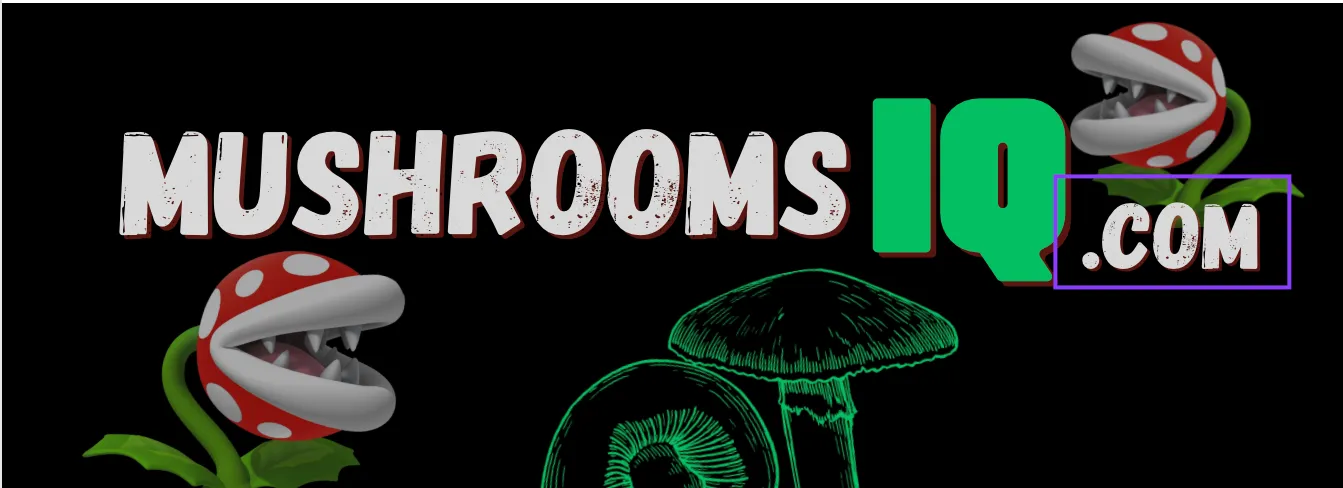History of Fungi
Mycology: A Brief History of Fungi and Their Uses
Fungi have been around for millions of years, and their uses have been diverse and varied throughout human history. From medicine to food, fungi have played an important role in our lives.In ancient times, mushrooms were revered for their medicinal properties.
Chinese and Japanese cultures have used mushrooms for their healing properties for thousands of years. The Egyptians also believed that mushrooms had healing powers and would use them in their medicines.During the Middle Ages, mushrooms were widely used for their food value. In fact, they were considered a delicacy and were reserved for the wealthy. In Europe, people would often forage for mushrooms in the woods and fields, and they were even used in royal feasts.Today, we know that mushrooms have a wide range of uses. They are used in cooking to add flavor and nutrition to dishes.
They are also used in medicine for their healing properties, such as in cancer treatments and immune system support. In addition, mushrooms are used in environmental remediation, as they can help clean up contaminated soil.Fungi have also played an important role in the development of antibiotics. Penicillin, one of the first antibiotics, was discovered by Sir Alexander Fleming in 1928 from the mold Penicillium.
In recent years, researchers have been exploring the potential of fungi in sustainable agriculture. Fungi can be used to promote plant growth and can also help plants resist disease and pests.The history of fungi is rich and varied, and their uses have evolved over time. Today, we continue to explore and discover the many benefits of these amazing organisms. Whether you're interested in cooking, medicine, or environmental science, fungi have something to offer.
Regenerate response...
Interested in Getting Started? Get Your First Kit Here...


Mushrooms
Follow Us On
Contact
© 2023 All Rights Reserved.
